Disclosure: This article contains affiliate links. We may earn a commission from purchases at no extra cost to you, which helps our travel content.
The turquoise waters of the Caribbean Sea stretched before me as my plane descended into Cancun International Airport, a sight that always brings me back to that pivotal childhood trip when I first fell in love with Mesoamerican archaeology. While most visitors flock to Cancun's famous Hotel Zone with its all-inclusive resorts and party scene, there exists another Cancun—one rich with Maya heritage, vibrant local culture, and authentic experiences waiting just beyond the tourist bubble. As someone who's spent years studying the archaeological treasures of this region, I've developed a deep appreciation for the real Cancun that many travelers miss. This guide isn't about spring break escapades or poolside margaritas; it's for the curious solo traveler seeking meaningful connections with one of Mexico's most misunderstood destinations. Pack your sense of adventure (and maybe brush up on your Spanish)—we're about to explore the soul of Cancun that lies beyond the resort walls.
Finding Your Base: Strategic Accommodation Beyond the Hotel Zone
When most people think of Cancun accommodations, images of sprawling beachfront resorts along the Hotel Zone immediately come to mind. While these certainly offer luxury and convenience, they isolate you from the authentic pulse of the city. For my recent solo research trip, I deliberately chose to stay in Downtown Cancun (El Centro), and it transformed my entire experience.
El Centro offers a refreshing contrast to the manicured tourist areas. Here, the streets buzz with locals going about their daily lives, street vendors selling everything from fresh fruit to handmade crafts, and restaurants serving regional specialties at a fraction of resort prices. I found a charming boutique hotel near Parque Las Palapas, which serves as the heart of local life. In the evenings, families gather here while street performers entertain and food carts serve up mouthwatering Yucatecan specialties.
Another excellent option is the neighborhood of Puerto Juárez, just north of the Hotel Zone. This former fishing village maintains its authentic character while offering easy access to ferries to Isla Mujeres. I spent two nights here in a family-run guesthouse where the owner, Doña Elena, shared stories about how the area has transformed over decades while maintaining its cultural identity.
While I typically travel with my trusty travel backpack, which fits perfectly in budget accommodations, I recommend booking places with secure storage options and reliable WiFi for solo travelers. Several times during my stay, I'd return to my room after a day exploring archaeological sites to organize my notes and research at a comfortable desk space—a small detail that makes a significant difference when traveling alone.

💡 Pro Tips
- Book accommodations in El Centro for authentic local experiences at better prices
- Look for places near Parque Las Palapas for easy access to evening entertainment and food options
- Consider Puerto Juárez for a quieter atmosphere with easy ferry access to Isla Mujeres
Archaeological Treasures: El Rey and the Museum of Maya Culture
While most tourists make the obligatory day trip to Chichen Itza or Tulum, few realize that Cancun itself sits atop ancient Maya settlements. The El Rey Archaeological Zone, located right in the Hotel Zone, offers a fascinating glimpse into the pre-Columbian past without the crowds or long journey. Named after a funeral mask discovered at the site (now housed in the Cancun Archaeological Museum), El Rey served as a Maya trading post and ceremonial center.
On my latest visit, I arrived just as the site opened at 8 AM, armed with my travel journal and a thermos of coffee. The morning light cast a golden glow across the 47 stone structures, and I had the entire complex virtually to myself—a stark contrast to the tourist-packed pathways of larger sites. What fascinates me most about El Rey is how it illustrates the adaptation of Maya architecture to the coastal environment, with structures designed to withstand hurricanes and utilize the sea breeze for natural cooling.
A short distance away, the often-overlooked Museo Maya de Cancún houses one of the most significant archaeological collections in the region. Built around an actual archaeological site called San Miguelito, the museum's modern design beautifully frames the ancient ruins. The collection includes artifacts from Quintana Roo's most important sites, including pieces from my research specialty—Maya household artifacts that reveal intimate details about family life centuries ago.
What struck me during my recent visit was observing how modern Mexican families moved through the museum, drawing parallels between ancient household items and their own family traditions. These moments of connection across time are precisely what drew me to archaeology as a child and continue to inspire my work today.
For those with deeper archaeological interests, I recommend hiring a guide with specialized knowledge. On my last visit, I worked with Mariana, who holds a degree in Maya studies and offered insights far beyond the standard tour script. Her explanation of how ancient Maya family structures influenced architectural designs gave me new perspectives even after years of studying the civilization.
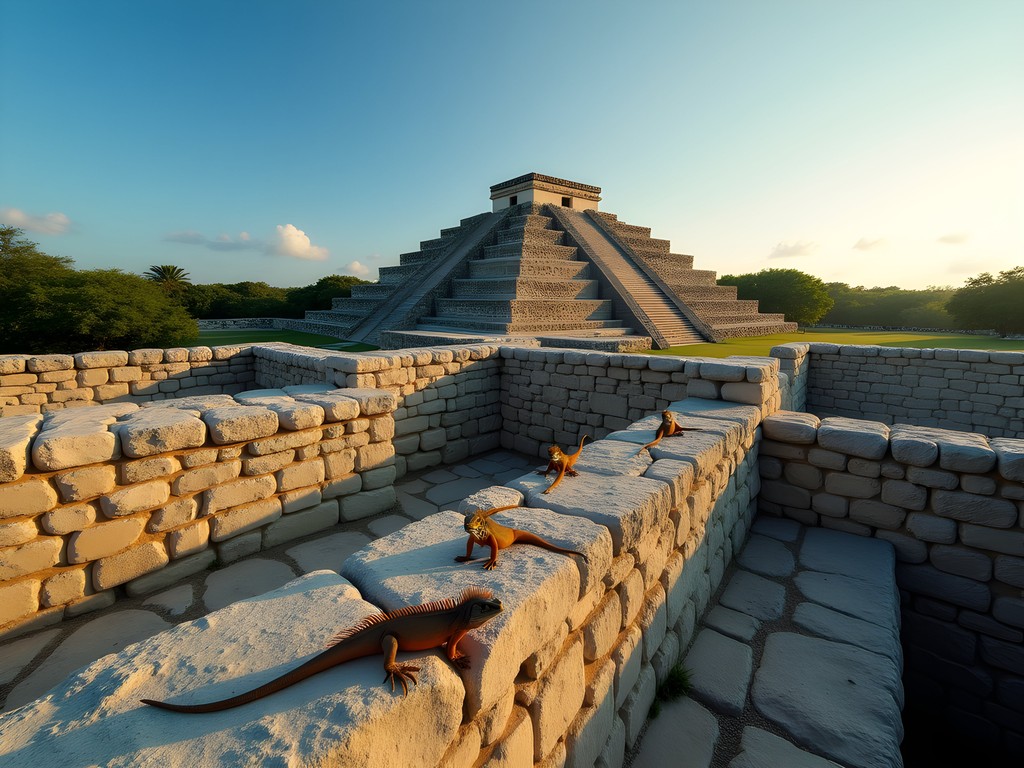
💡 Pro Tips
- Visit El Rey early in the morning (8-9 AM) to avoid crowds and harsh midday sun
- Allocate at least 2 hours for the Maya Museum, focusing on the comparative displays of household items
- Wear comfortable shoes and bring water—the archaeological zones offer little shade
Mercado 28: A Cultural Immersion Beyond Souvenirs
No authentic Cancun experience would be complete without diving into the sensory wonderland of Mercado 28. Located in Downtown Cancun, this sprawling market transcends the typical tourist trap to offer genuine cultural immersion. Having visited markets across Mexico for both research and pleasure, I can confidently say Mercado 28 stands among my favorites for its balance of local life and visitor accessibility.
I always recommend approaching the market with a strategy: begin at the outer edges where locals shop for everyday items, then gradually work your way inward toward the more tourist-oriented sections. This approach allows you to witness the market's dual nature and better understand the community it serves.
The food section deserves special attention. Skip the restaurants with English menus at the entrance and instead seek out the small family-run comedores in the market's heart. On my recent visit, I discovered Doña Martha's stall, where her cochinita pibil (slow-roasted pork marinated in citrus and achiote) transported me straight to my research days in rural Yucatán communities. For just 70 pesos (about $3.50 USD), I enjoyed one of the most authentic meals of my trip while chatting with locals about regional cooking techniques.
When shopping for crafts, I've learned to distinguish between mass-produced items and authentic artisanal work. Look for imperfections that signal handmade quality and ask about the production process—artisans who create their own work are usually eager to share their techniques. My prized purchase was a hand-embroidered blouse from a woman who learned the craft from her grandmother in a small village near Valladolid.
As someone who studies material culture professionally, I'm particularly drawn to the market's textiles. The intricate patterns often contain symbolic elements dating back to pre-Columbian times, showing how ancient Maya motifs continue to influence contemporary artistic expression. I always carry my compact camera to document these connections between past and present—with permission, of course. The camera's discreet size doesn't draw attention, allowing for natural, unposed moments that capture the market's authentic character.
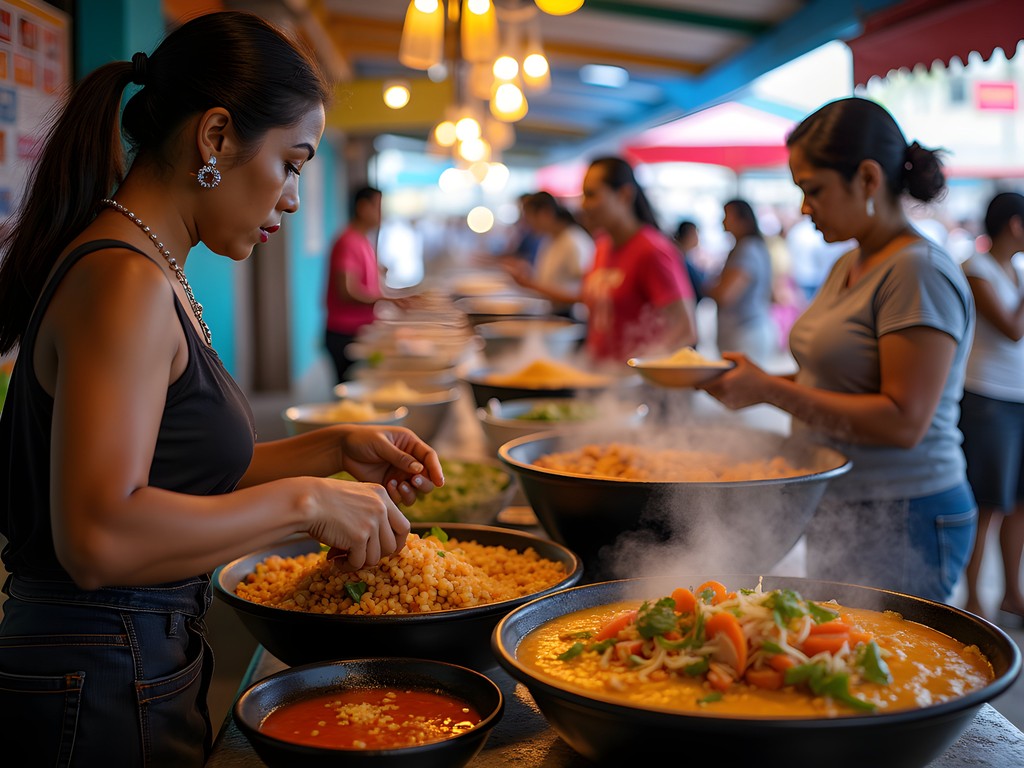
💡 Pro Tips
- Visit between 10 AM and noon when the market is fully operational but not overcrowded
- Bring cash in small denominations (vendors appreciate exact change)
- Practice basic Spanish phrases—even simple greetings can transform your interactions with vendors
Sacred Waters: Exploring Lesser-Known Cenotes
The Yucatán Peninsula sits atop a vast network of underground rivers and caves, creating the magical natural formations known as cenotes—sacred sinkholes that served as both water sources and ritual spaces for the ancient Maya. While most tourists flock to the popular cenotes near Tulum or along tour routes, my archaeological background has led me to seek out lesser-known sites that maintain their spiritual ambiance and ecological integrity.
Cenote Siete Bocas (Seven Mouths), located about 45 minutes from downtown Cancun, became my sanctuary during my recent solo trip. As its name suggests, this cenote features seven different openings to an underground cave system. Unlike the heavily commercialized cenotes, Siete Bocas sees few visitors, especially if you arrive early. The local Maya family who manages the site maintains it with obvious care and respect for its cultural significance.
During my visit, Don Miguel, the elderly caretaker, shared stories about how his grandparents considered the cenote a sacred place where the rain deity Chaac could be honored. As an archaeologist, I was fascinated by how these oral traditions align with what we know about ancient Maya cosmology, where cenotes represented portals to the underworld.
The swimming experience itself is transcendent. Rays of sunlight pierce through the openings, creating ethereal light beams that dance across the crystal-clear water. The absolute silence—broken only by occasional water droplets falling from stalactites—creates a meditative atmosphere impossible to find at busier sites.
For underwater exploration, I brought my waterproof headlamp, which proved invaluable for examining the fascinating limestone formations below the surface. Having your hands free while swimming allows you to navigate safely through the cavern areas accessible to swimmers.
Another hidden gem is Cenote Kin-Ha, located near Puerto Morelos. This partially covered cenote features a wooden platform where I spent a peaceful afternoon sketching the interplay of light and shadow on the water's surface. The site includes informational displays about the geological formation of cenotes and their significance in Maya culture—a thoughtful educational touch often missing at more commercial locations.
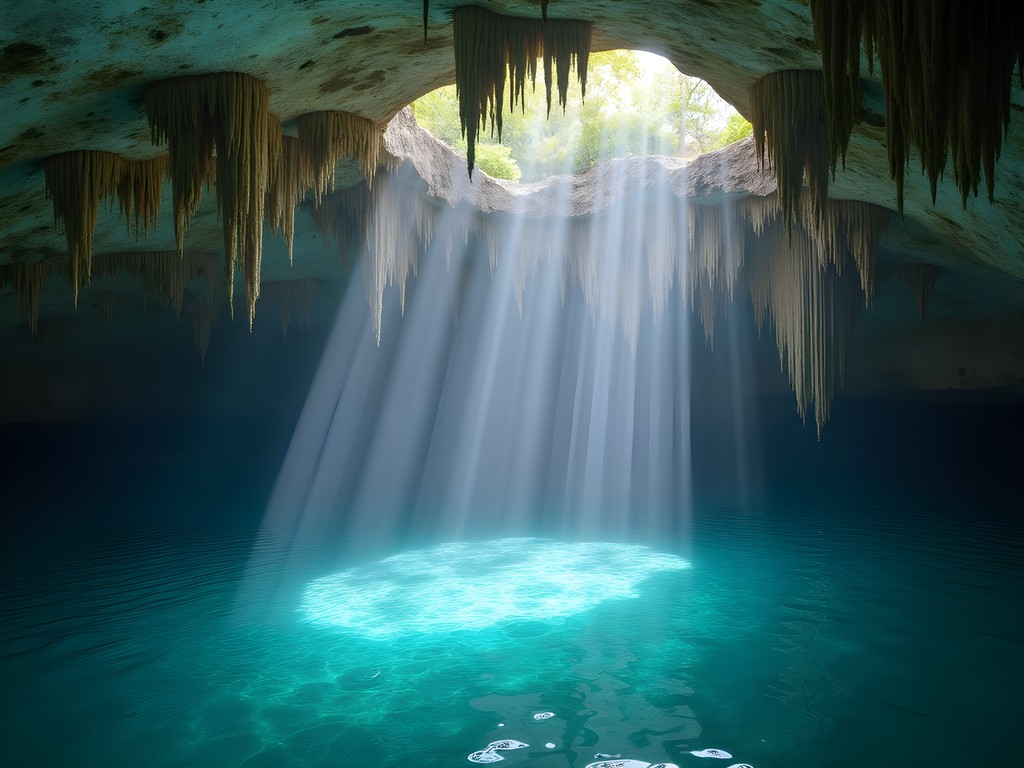
💡 Pro Tips
- Visit cenotes early morning (before 10 AM) or late afternoon (after 3 PM) to avoid tour groups
- Bring biodegradable sunscreen only—regular sunscreen damages the fragile cenote ecosystem
- Pack a quick-dry towel and water shoes with good grip for navigating slippery limestone surfaces
Puerto Juárez: The Fisherman's Cancun
Just north of Cancun's glitzy Hotel Zone lies Puerto Juárez, a working fishing village that offers one of the most authentic glimpses into coastal Mexican life. While most tourists know it only as the ferry departure point for Isla Mujeres, this neighborhood deserves exploration in its own right. As someone who studies how communities adapt to changing economic and social landscapes, I find Puerto Juárez fascinating for how it balances traditional fishing practices with the inevitable influence of nearby tourism development.
I spent a full day wandering the streets of this charming area, beginning with an early morning visit to the fishing docks. Arriving around 6 AM, I watched as fishermen returned with their morning catch—everything from grouper to octopus destined for local markets and restaurants. Unlike the performative aspects of tourism zones, this was real life unfolding—weathered hands mending nets, stories exchanged in rapid Spanish, and the unmistakable rhythm of a community that still lives by the tides.
The seafood restaurants along the waterfront serve some of the freshest ceviche I've encountered anywhere in Mexico. At a family-run establishment called Mariscos El Pescador, I enjoyed a simple lunch of fish tacos while chatting with the owner's daughter about how fishing practices have changed over the generations. Their family has fished these waters for over 60 years, adapting traditional techniques while maintaining cultural continuity.
For solo travelers concerned about safety, Puerto Juárez offers a welcoming environment where locals are accustomed to visitors but not overwhelmed by them. I felt completely comfortable walking alone, even with my travel camera visibly capturing the colorful fishing boats and daily life scenes. The compact size and discreet appearance of this camera make it ideal for documentary-style photography without creating a barrier between photographer and subject.
Beyond the waterfront, Puerto Juárez reveals a community going about daily life—children playing in the small public park, elderly residents chatting on benches, and small businesses serving local needs rather than tourist wants. The neighborhood's unpretentious charm offers a refreshing counterpoint to Cancun's more polished tourist areas and reminds us that authentic experiences often happen in these in-between spaces that guidebooks rarely mention.
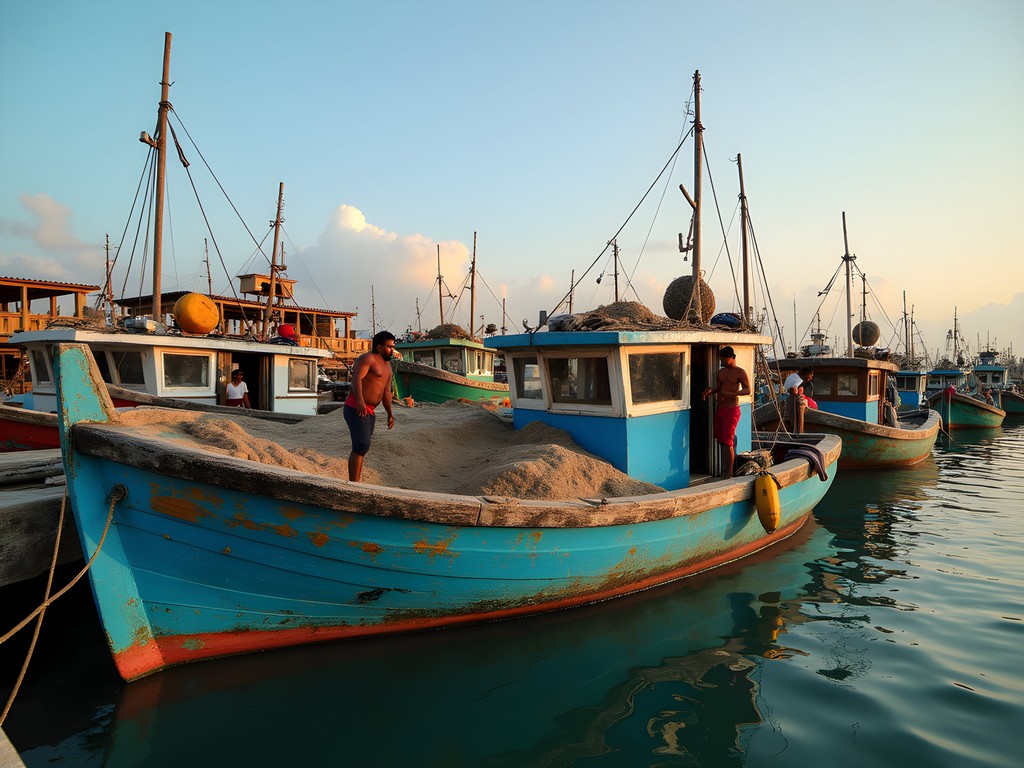
💡 Pro Tips
- Visit the fishing docks between 6-8 AM to see the morning catch arrive
- Learn basic fishing-related Spanish phrases to engage with locals
- Try the seafood at small family restaurants rather than places with English menus
Final Thoughts
As my week in Cancun drew to a close, I found myself sitting at a small café in Downtown, watching local families enjoy their Sunday afternoon together—a scene worlds away from the spring break revelry happening simultaneously just a few miles east. The Cancun I discovered on this solo journey isn't the one advertised on travel agency websites, but rather a multifaceted place where ancient Maya wisdom, vibrant Mexican culture, and natural wonders create a tapestry far richer than its party reputation suggests. For the solo traveler willing to step beyond the resort bubble, Cancun reveals itself as a gateway to meaningful cultural experiences and unexpected discoveries. Whether you're drawn to archaeological mysteries, culinary adventures, or simply connecting with everyday life in a coastal Mexican community, the authentic side of Cancun awaits those curious enough to seek it. As you plan your own journey, remember that the most memorable travel experiences often happen when we trade comfort for curiosity and schedules for spontaneity.
✨ Key Takeaways
- Base yourself in Downtown Cancun or Puerto Juárez for authentic experiences at better prices
- Explore archaeological sites early morning to avoid crowds and connect more deeply with the history
- Seek out family-run eateries in markets and local neighborhoods for genuine Yucatecan cuisine
- Visit lesser-known cenotes for spiritual connection to the landscape that commercial sites cannot offer
📋 Practical Information
Best Time to Visit
March-May (spring)
Budget Estimate
$70-120 USD per day (mid-range)
Recommended Duration
5-7 days
Difficulty Level
Intermediate

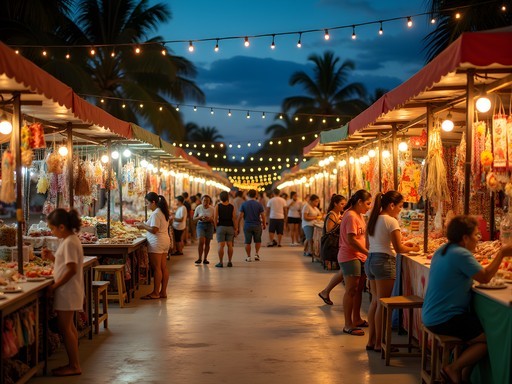

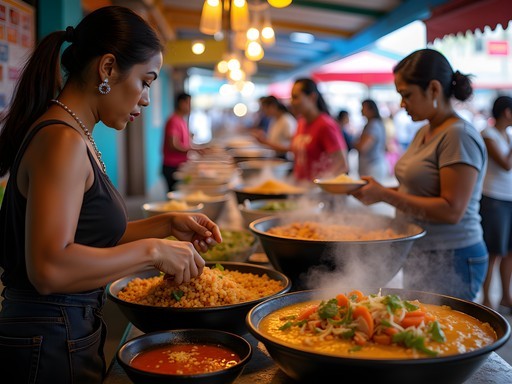
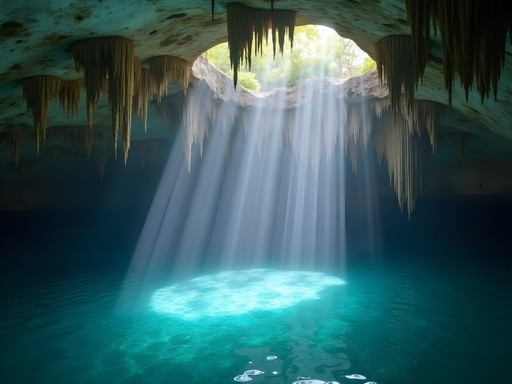



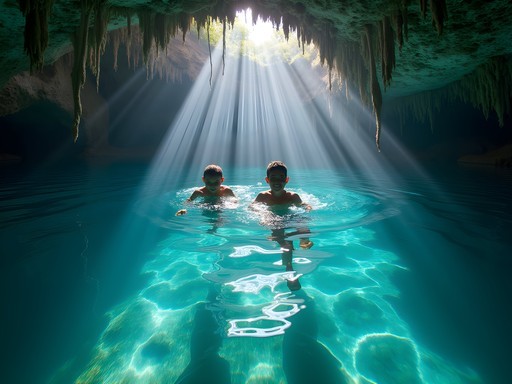
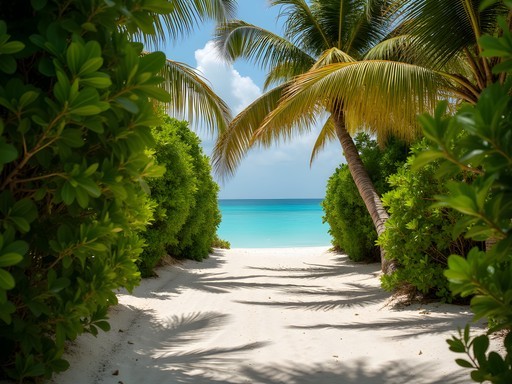
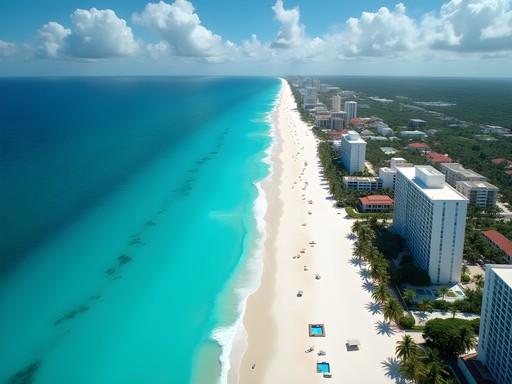
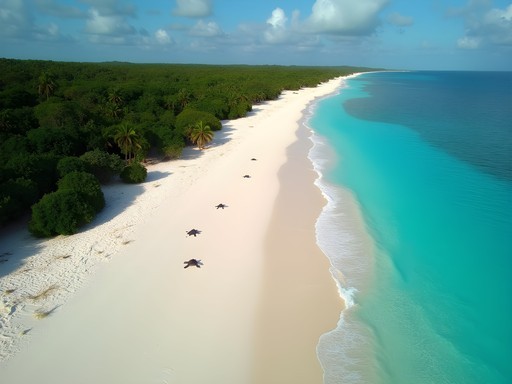
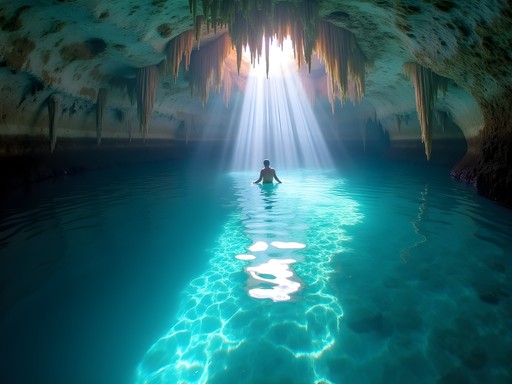
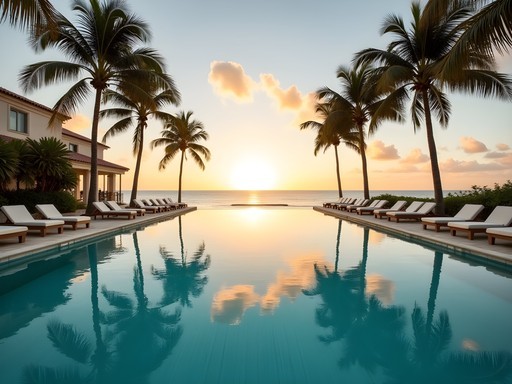

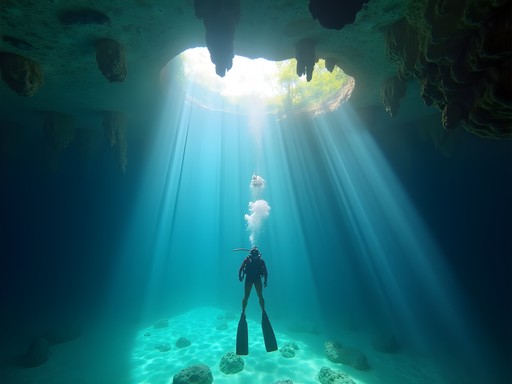
Comments
travelwalker
YESSS! Finally someone talking about the REAL Cancun! I've been telling friends for years to get out of the Hotel Zone. The Museum of Maya Culture is such a hidden gem - I spent half a day there last time. And the local food scene in Downtown is incredible. Did you try the marquesitas from the street vendors? Those crispy caramel and cheese crepes are my weakness every time I visit! Also, taking the colectivos down to Puerto Morelos gives you a much more relaxed beach experience than the crowded Hotel Zone beaches. Great post!
Ana Robinson
Marquesitas are LIFE! I had one almost every evening while walking around Downtown. And you're so right about Puerto Morelos - such a lovely alternative to the main beaches!
happyrider
Taking notes on all of this for my trip! Puerto Morelos sounds perfect.
starking
Those turquoise waters look amazing! Can't wait to visit someday.
islandperson9904
Great post! I'm planning a trip to Cancun but I'm a bit nervous about the cenotes. Are they safe for someone who's not a strong swimmer? And which was your favorite of the less touristy ones?
travelwalker
Not Ana, but I've been to many cenotes around Cancun! Most have shallow areas and life jackets are usually available. Cenote Azul is gorgeous and has plenty of shallow spots. Don't miss it!
islandperson9904
Thanks for the tip! Cenote Azul is going on my list.
Haley Hamilton
Ana, your post brings back so many memories! I backpacked through Cancun last year and also skipped the Hotel Zone. The local buses were my lifeline - cheap and they go EVERYWHERE. I spent hours at Mercado 28 chatting with vendors in my broken Spanish. There was this one lady selling handwoven hammocks who invited me to have coffee with her family! Did you try any of the small local restaurants in Downtown? I found this hole-in-the-wall place called El Pocito that served the most incredible chilaquiles for breakfast. I used my pocket phrasebook constantly - total lifesaver for negotiating and making friends!
Ana Robinson
Haley, yes! The local buses are incredible. And I did try a few local spots - there was a taco stand near Parque Las Palapas that I visited three times in one week. The hammock vendors have the best stories!
happyrider
This is exactly what I've been looking for! Can you recommend any specific places to stay in Downtown Cancun that are safe for solo female travelers?
Ana Robinson
Hi happyrider! I stayed at Hostel Mundo Joven Downtown and felt completely safe. The area around Avenida Tulum has several budget-friendly hotels that are well-lit and close to public transportation. Just use the same common sense you would in any city!
happyrider
Thanks so much Ana! Adding that to my list for my trip next month.
sunsetwalker
We did the public transportation too and it was great! So much cheaper than taxis. Ana, what was your favorite local dish you tried? I'm making a food bucket list for my trip.
vacationtime
Not Ana, but when I was there last year I couldn't get enough cochinita pibil tacos! There's a little place in Mercado 28 that makes them fresh every morning. Just follow the crowd of locals!
Haley Hamilton
Ana, your post brings back so many memories! I stayed in that same downtown area last year and it completely changed my perspective of Cancun. One thing I'd add for anyone reading - don't miss Parque Las Palapas in the evening. Local families gather there, there's often live music, and the food stalls serve the most incredible marquesitas (crispy rolled crepes with fillings). I actually ended up extending my stay by a week because I fell in love with authentic Cancun. Did you get a chance to visit any of the community-run cenotes further south? Some of the smaller ones offer a much more intimate experience than the famous ones.
sunsetwalker
Haley - did you feel safe walking around Parque Las Palapas at night? Planning a solo trip there myself.
Haley Hamilton
Absolutely! The park is full of families well into the evening. Just use the same common sense you'd use in any city - keep valuables secure, be aware of your surroundings. I never felt unsafe there.
vacationtime
Those photos of Mercado 28 are amazing! I can almost smell the food from here. Adding this to my bucket list!
smartclimber
Ana, this is exactly what I've been looking for! I'm heading to Cancun next month and really want to avoid the typical resort experience. That cenote you mentioned - Cenote Azul - is it easy to get to by public transportation? I'm traveling solo too and a bit nervous about venturing too far off the beaten path.
Haley Hamilton
Not Ana, but I've been to Cenote Azul! You can definitely get there by colectivo (shared van). They run along the highway between Cancun and Playa del Carmen. Just tell the driver where you want to stop. Super affordable and safe. I went solo last year and had no issues!
smartclimber
Thanks Haley! That's really reassuring. Did you bring your own snorkel gear or rent there?
Haley Hamilton
I brought my own travel snorkel set which packs down small, but they do rent equipment there if you don't want to carry your own. The water is incredibly clear!
wildwalker
That shot of the sunset from Parque de las Palapas is STUNNING! I've been to Cancun twice and never knew about this place. Adding it to my list for next time!
Ana Robinson
Thank you! It's such a lovely spot to watch local families and enjoy some marquesitas from the street vendors. Go around 6pm for the best atmosphere!
Venture X
Premium card with 2X miles, $300 travel credit, Priority Pass